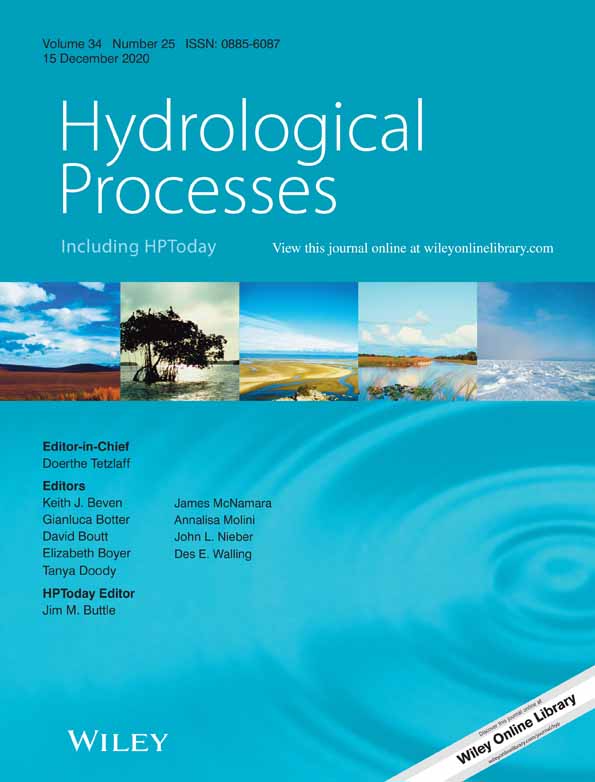Design measures to mitigate the impact of shallow groundwater on hydrologic performance of permeable pavements
Funding information: Seed Funding Programme for Basic Research of The University of Hong Kong, Grant/Award Number: 201611159011
Abstract
Permeable pavements (PPs) are widely implemented in urban areas to mimic natural hydrologic processes through enhancing infiltration, and reducing, delaying, and retaining surface runoff. However, its performance can be affected by shallow groundwater since high soil moisture may inhibit its infiltration and exfiltration. This study built a numerical model, which was calibrated and validated based on laboratory experiment data, to evaluate the water balance and retention of PP in shallow groundwater conditions. It assessed the impacts of shallow groundwater and the hydrologic effectiveness of different PP design measures (i.e., building a PP with a smaller storage depth, implementing an underdrain at different elevations, and installing an impermeable liner) on relieving the impacts. Shallower groundwater led to larger amounts of surface runoff and underdrain flow, and a higher chance of saturating the PP reservoir. The three design measures had both benefits and drawbacks in mimicking natural hydrologic cycle and retaining the performance of PP under extreme conditions (e.g., areas of very shallow groundwater tables and/or extreme rainfalls). A PP with a smaller storage depth resulted in less underdrain flow but was prone to saturation. It is, thus, more recommended for PP with more-permeable subsoils, which can avoid frequent pavement saturation. Although a shallower PP corresponds to a smaller storage volume and shorter hydraulic retention time, it can increase the applicability of PP to shallow groundwater areas, which is beneficial to the regional hydrologic environment. Installing an underdrain generated underdrain flow, which is a burden to the downstream drainage system. However, it significantly reduced the surface runoff and the chance of saturating the PP reservoir, which, thus, is more recommended for PP with less-permeable subsoils. Comparatively, elevating the underdrain is recommended in areas of shallow groundwater because it can reduce the frequency and amount of groundwater-induced underdrain flow. In addition, a higher underdrain together with an impermeable liner can create a storage depth, increase the retention duration, enhance exfiltration and evaporation without increasing the saturation risk.
Open Research
DATA AVAILABILITY STATEMENT
The data that support the findings of this study are available from the corresponding author, Dr. Ting Fong May Chui, upon reasonable request.




